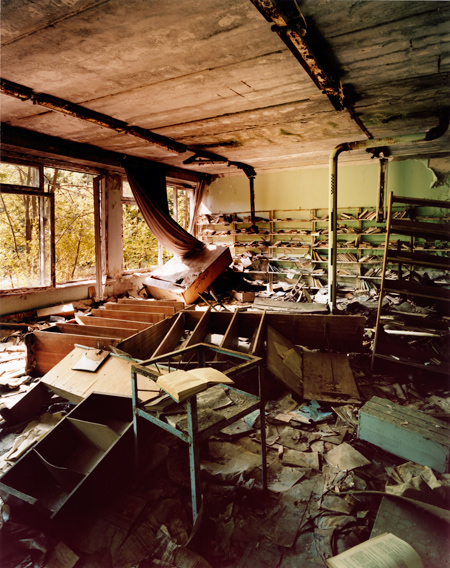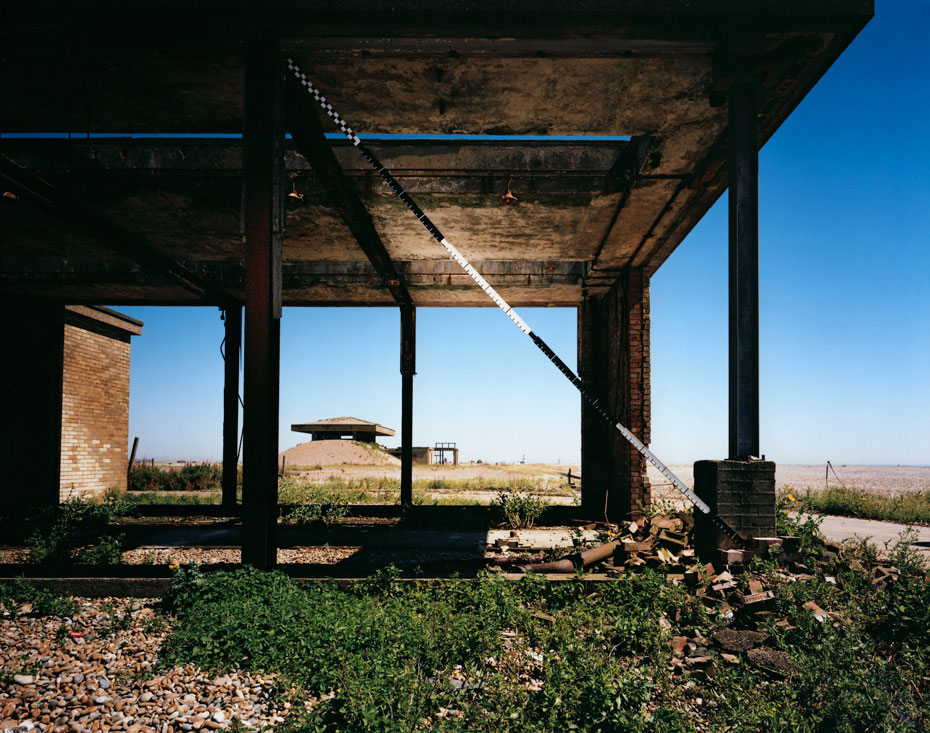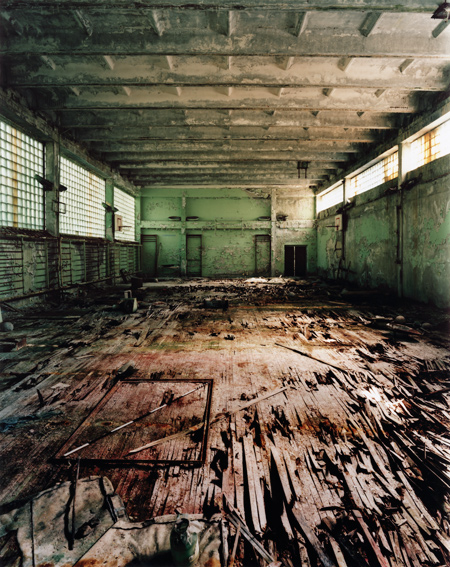Felix L. Petty talks to Jane and Louise Wilson about documenting war zones and catastrophe-hit areas

In the courtyard of the Sanderson Hotel in Fitzrozia, Jane and Louise Wilson start talking about their favourite spy films – from The Ipcress File to the original series of Tinker, Tailor, Soldier, Spy – before our conversation drifts almost innocuously in the poisoning of Russian KGB defector Alexander Litvinenko and the “amount of times we were clocked on the way here, on the tube, in this hotel, it’s a part of the fabric of how you live now,” says Louise. Not entirely out of context though, we’re here to discuss their latest exhibition at the Paradise Row gallery, False Positives and False Negatives, a reference, as Jane explains, “to what a CCTV operator would say when identifying a suspect from an image; there are no definitive yes or noes, only false positives and false negatives.”
Jane and Louise Wilson, twins from Newcastle, began working together in 1989, when they finished their respective degrees at Newcastle and Dundee and presented the exact same work in both institutions. They went on to study at Goldsmiths, though they say they never really felt too much a part of the YBAs. More prescient to their work than the rise of the British Art scene in the early 90s was the fall of the Berlin Wall.
“We were fortunate to have a residency in Berlin around that time, we were living within a city that was in the process of reinventing itself,” Jane says. “We grew up with the understanding that there was a Cold War, that there was the USSR and America, and suddenly to be in a context where there was no Other, in terms of Socialism to Capitalism, was very difficult to conceive how these parameters were shifting.”

“But equally things were opening up,” Louise explains. “That term Glastnost, the thawing of relations, it meant that access opened up to sites, like in Gamma which we made in 1999 about an American military installation at Greenham Common that housed cruise missiles. It was amazing that there were these de-commissioned sites of fear that you could now get access to.”
“It relates to work in the exhibition too,” Jane continues, “of the images of Pripyat, the town outside of Chernobyl, Glasnost started to happen because they realised they couldn’t stay isolated under such catastrophic circumstances, it really sped everything up.”
Those images detail the hollowed out architecture of the town abandoned after nuclear meltdown. Looking back on a vision of our past that included a bright, clean nuclear future, now almost reclaimed by nature, buildings sitting amongst the creeping undergrowth like memento mori, the thinness of the line that separates civilisation from the jungle. Yet, of course, the images play on the plethora of images we have of disaster sites and scenes of trauma, of the fact that “you can go on a day tour to the town from Kiev,” as Louise says.
Jane continues; “We were very conscious of the proliferation of images of Pripyat, and rather than going with a touristic mentality we did want to question that, you’ll see a lot of photographs where it’s a close-up of a child’s toy or shoe, but we wanted to evacuate it of that sentiment and push that question back onto the viewer and ask where that desire for dark tourism comes from?”

“You go to Orford Ness,” Louise explains, “which is run by the National Trust now, and even they say they have no real idea of what went on there when it was a military base. There’s no document at all of what happened in these spaces, or it won’t be released to the public for another 50 years, and even then there wasn’t CCTV cameras built into the facilities like in the hotel in Dubai.”
Because at the exhibition’s centre point too is the British premiere of their new film work, Face Scripting, an impressionistic account of the murder of Hamas operative Mahmoud Al-Mabhouh by Mossad agents in the Al Bustan Rotana hotel in Dubai. The murder achieved international interest when the Dubai police force released a thoroughly compiled Youtube document showing the movements of the deceased and the potential suspects through the air-conditioned non-places of airports, hotels and shopping malls of the Emirate state. They take a viewer on a detailed journey through the architectural spaces of the hotel, it’s corridors, glimpses of the migrant workers pushing trolleys around, the lobbies, details of stacked linen, and the bedroom, the only site not captured on the CCTV compilation released the police.
“This interactivity has become much more important and is growing and growing, the cyber is a medium for navigating your life in a way that ten to fifteen years ago it wasn’t, that’s what so compelling about the Youtube footage released by the police is that it can travel endlessly outwards, now you have that medium to disperse information like that.”
If their previous works were concerned with looking back on how we once looked forwards, then Face Scripting is very much rooted in the here in and now, in a new Cold War being waged between Israel and sections of the Arab world, they are still concerned with the architecture of power, but now, as the film makes clear, this relationship is built into the building itself, if the Stasi used a building as an HQ to spy on you, the buildings themselves are watching you now.




